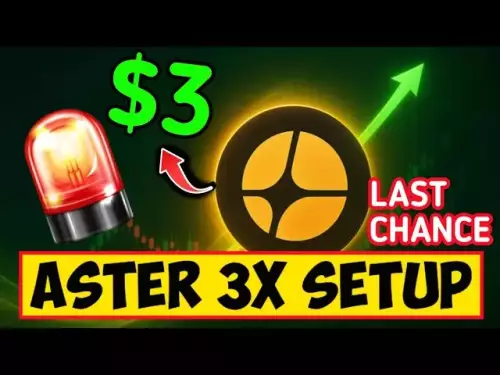 |
|
 |
|
 |
|
 |
|
 |
|
 |
|
 |
|
 |
|
 |
|
 |
|
 |
|
 |
|
 |
|
 |
|
 |
|
Cryptocurrency News Articles
Navigating Digital Asset Rules in Europe: Transferability and the Path Forward
Oct 09, 2025 at 09:30 pm
Europe's digital asset landscape is evolving. This blog explores the crucial role of transferability in shaping regulations like MiCA and the EU Blockchain Sandbox's insights.

Europe's digital asset space is buzzing, especially when it comes to the rules of the game. The big question everyone's asking: how do existing regulations handle new types of digital assets? A key piece of this puzzle is 'transferability' – can an asset be easily moved from one person to another?
The Transferability Conundrum
The latest insights highlight a regulatory 'blind spot.' Current European regulations, like MiCA and MiFID II, often assume that assets are transferable. But what about assets designed not to be easily moved, like shares in a private company or unique revenue-sharing deals? These 'digital but non-transferable' assets don't quite fit the existing mold.
EU Blockchain Sandbox to the Rescue?
Enter the EU Blockchain Sandbox. It suggests that a faithful 'digital twin' of a non-transferable asset should maintain the original asset's legal status. In other words, just because it's on a blockchain doesn't automatically make it a transferable security token. This distinction is crucial.
The Digital Twin Test: A Clearer Picture
The Sandbox process has clarified what's now known as the “digital twin” test. If a token perfectly mirrors the original asset, its legal classification stays the same. However, add new features like easy transferability, and things get complicated. Then you might be creating a new instrument that falls under different regulations.
Why Transferability Matters
The concept of transferability is the pivotal point. If a token isn't transferable, it doesn't fall under MiCA's crypto-asset umbrella. This distinction helps avoid accidentally classifying unique assets as something they're not. Contractual limits alone aren't enough to define non-transferability; it requires technical measures that prevent transfers to anyone other than the issuer. Proper engineering is the key.
Practical Guidance for a Moving Market
Regulators don't need a whole new set of laws; they need clear, practical guidance. Start with MiFID II, then check if MiCA applies. If neither fits, see if it's a digital twin of a nationally recognized asset. Clarity here will unlock compliant digitization of Europe's private company market, keeping innovation onshore.
Beyond Regulations: Bitcoin's Everyday Leap
While regulations are being ironed out, practical solutions are emerging. Bringin, for example, is bridging the gap between Bitcoin self-custody and everyday spending in Europe. Their platform integrates the Lightning Network with traditional banking, offering users virtual IBANs and Visa debit cards. It’s all about making Bitcoin spending as easy as using euros.
The Bottom Line
Tokenization and digital assets aren't a free-for-all, but they're not a trap either. The EU Blockchain Sandbox is showing the way, and now it's time for supervisors to solidify the guidelines. By distinguishing between digital twins and engineered transferability, Europe can protect markets and keep them moving forward.
So, as Europe figures out the digital asset rules, remember this: it's not just about the tech; it's about ensuring the rules keep pace with innovation. And with practical solutions like Bringin, the future of digital assets looks brighter than ever. Onward and upward!
Disclaimer:info@kdj.com
The information provided is not trading advice. kdj.com does not assume any responsibility for any investments made based on the information provided in this article. Cryptocurrencies are highly volatile and it is highly recommended that you invest with caution after thorough research!
If you believe that the content used on this website infringes your copyright, please contact us immediately (info@kdj.com) and we will delete it promptly.






























































